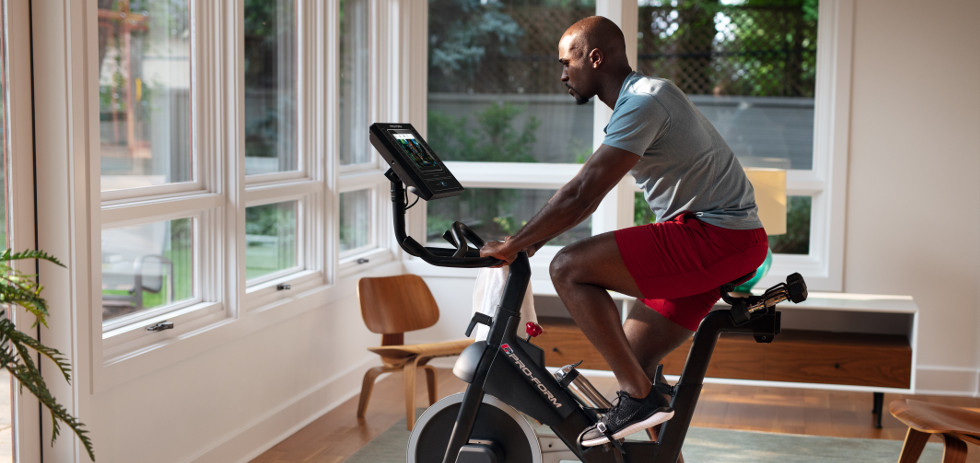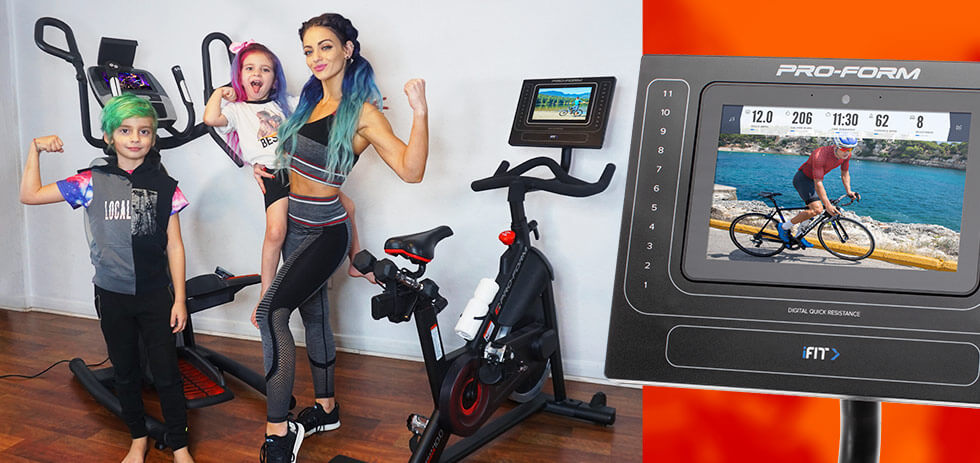Blogger Highlight: The Foodie Runner’s 7 Tips For Beginning Runners

Hello there!
Lauren of The Foodie Runner back again! Today’s post is for all the new and aspiring runners out there or the avid runners who desperately want to get their loved ones into running too. We’re going to talk about how to start running.
In the simplest terms, all you need to do to start running is this… put one foot in front of the other at a slightly faster pace than walking.
Easy, right? Seems like it, but there is a lot that goes into running, so it can be daunting for newcomers. I always joke with my husband that if I hadn’t started running when I was 11, I don’t know if I would have been able to start as an adult. Picking up running as an adult has always seemed so difficult to me, so I am in awe of those that do and I LOVE helping people who want to start running.
My 7 biggest tips for beginning runners
1. Get fitted for a pair of quality running shoes.
This is so important because if you start running in an old, beat up pairs of shoes you are setting yourself up for injury right off the bat. Find your local running store and go in for a gait analysis and shoe fitting. Every experience I’ve ever had at a local running store has been amazing; the employees are usually very knowledgeable and passionate about running, and will help get you into the right pair of shoes for you! Be prepared to spend a good chunk of change, but it will be worth it because you can put 400-500 miles on one pair of shoes, and you’ll be supporting a local business along the way!
2. Build up slowly.
The widely accepted guidance on building up your mileage is to increase the number of miles you run by no more than 10% each week. Be patient! You may be chomping at the bit to go faster than this, but it’s the best for your body to gradually increase mileage. It will keep you healthy and running!
3. Don’t be afraid to take walk breaks.
In fact, building walk breaks into your running can be really effective. The most important thing is to be structured about your run: walk ratios and work towards straight running. For example, you could start off with 1 minute run, 1 minute walk, and build up to 5:5. Once you can run 5 minutes straight, slowly start decreasing the time of your walk breaks until you are running consistently.
4. Join a local track club or running group.
Nothing gets you out the door for an early morning run or an evening track workout like having a friend to meet up with! Nearly every city has track clubs and running groups, just use Google® to find one in your area. Not only will you find lots of new, runner friends at these groups, the coaches can often provide you with training advice/plans which will take the guess work out of training for you.
5. Stay hydrated.
Hydration is extremely important for runners! Make sure that you are keeping hydrated while out on your runs and that you are rehydrating enough afterwards. Make sure to carry water with you while you are running and drink it periodically throughout your run (sports drinks aren’t necessary unless you are running for longer than an hour). It’s important to rehydrate after your run as well. The standard recommendation for fluid replenishment is to drink 16-24 ounces for each pound of body weight lost over the course of your run. Never wait until you feel thirsty to drink water. By that point, you are already dehydrated!
6. Make sure to refuel properly after your runs.
Within the first 30-60 minutes after your run, it’s important to eat a snack that contains a 4:1 carb:protein ratio. Some easy examples are a glass of chocolate milk, a banana with a small scoop of peanut butter, or whole wheat crackers and a string cheese.
7. Sign up for a local race to keep yourself motivated.
Are you the kind of person that needs a goal in sight you keep you motivated? Then signing up for a local race could be perfect for you. Road races are so much fun and what better way to celebrate how much progress you are making than by running a 5K or half marathon around your town/city?
If you are a new runner that is interested in a run-walk program, below is a sample of how you could safely and effectively increase your running and walking mileage over the course of 4 weeks.
4 Week Run-Walk Build-Up
| Monday | Tuesday | Wednesday | Thursday | Friday | Saturday | Sunday | TOTAL |
| 10 minute run-walk
[alternate 1 minute running-1 minute walking] |
Rest Day | 15 minute walk | 10 minute run-walk
[alternate 1 minute running-1 minute walking] |
Rest Day | 20 minute run-walk
[alternate 1 minute running-1 minute walking] |
Rest Day | 20 minutes running
35 minutes walking |
| 10 minute run-walk
[alternate 2 minutes running-2 minutes walking] |
Rest Day | 20 minute walk | 10 minute run-walk
[alternate 2 minutes running-2 minutes walking] |
Rest Day | 24 minute run-walk
[alternate 2 minutes running-2 minute walking] |
Rest Day | 24 minutes running
40 minutes walking |
| 14 minute run-walk
[alternate 2 minutes running-2 minutes walking] |
Rest Day | 25 minute walk | 14 minute run-walk
[alternate 2 minutes running-2 minutes walking] |
Rest Day | 28 minute run-walk
[alternate 2 minutes running-2 minutes walking] |
Rest Day | 30 minutes running
51 minutes walking |
| 15 minute run-walk
[alternate 3 minutes running-2 minutes walking] |
Rest Day | 30 minute walk | 15 minute run-walk
[alternate 3 minutes running-2 minutes walking] |
Rest Day | 30 minute run-walk
[alternate 2 minutes running-2 minutes walking] |
Rest Day | 33 minutes running
57 minutes walking |
Author: The Foodie Runner
Up next, The Foodie Runner goes over her review on the Pro 2000 Treadmill!
DISCLAIMER: This post is not intended to replace the advice of a medical professional. The above information should not be used to diagnose, treat, or prevent any disease or medical condition. Please consult your doctor before making any changes to your diet, sleep methods, daily activity, or fitness routine. ProForm assumes no responsibility for any personal injury or damage sustained by any recommendations, opinions, or advice given in this article. Always follow the safety precautions included in the owner’s manual of your fitness equipment.
Foodie Runner is not an employee or affiliate of ProForm, and has not been compensated for her story. Opinions are solely hers, and may or may not be shared by ProForm.
Sources:
https://www.proform.com/blog/avoid-these-7-treadmill-mistakes/
https://www.proform.com/blog/nutrition-plan-runners/
https://www.proform.com/blog/foodie-runner-6-tips-for-motivation/
https://www.proform.com/blog/pro-2000-treadmill-review-by-foodie-runner/










